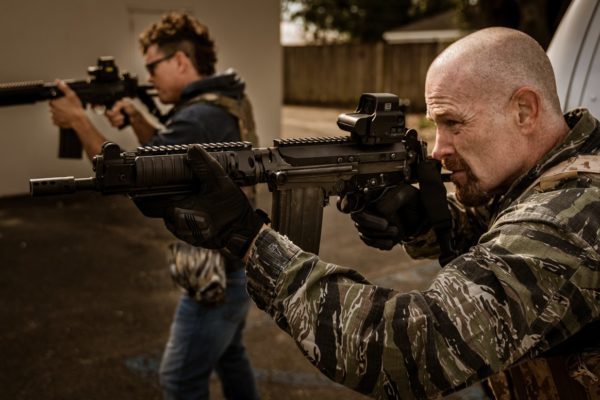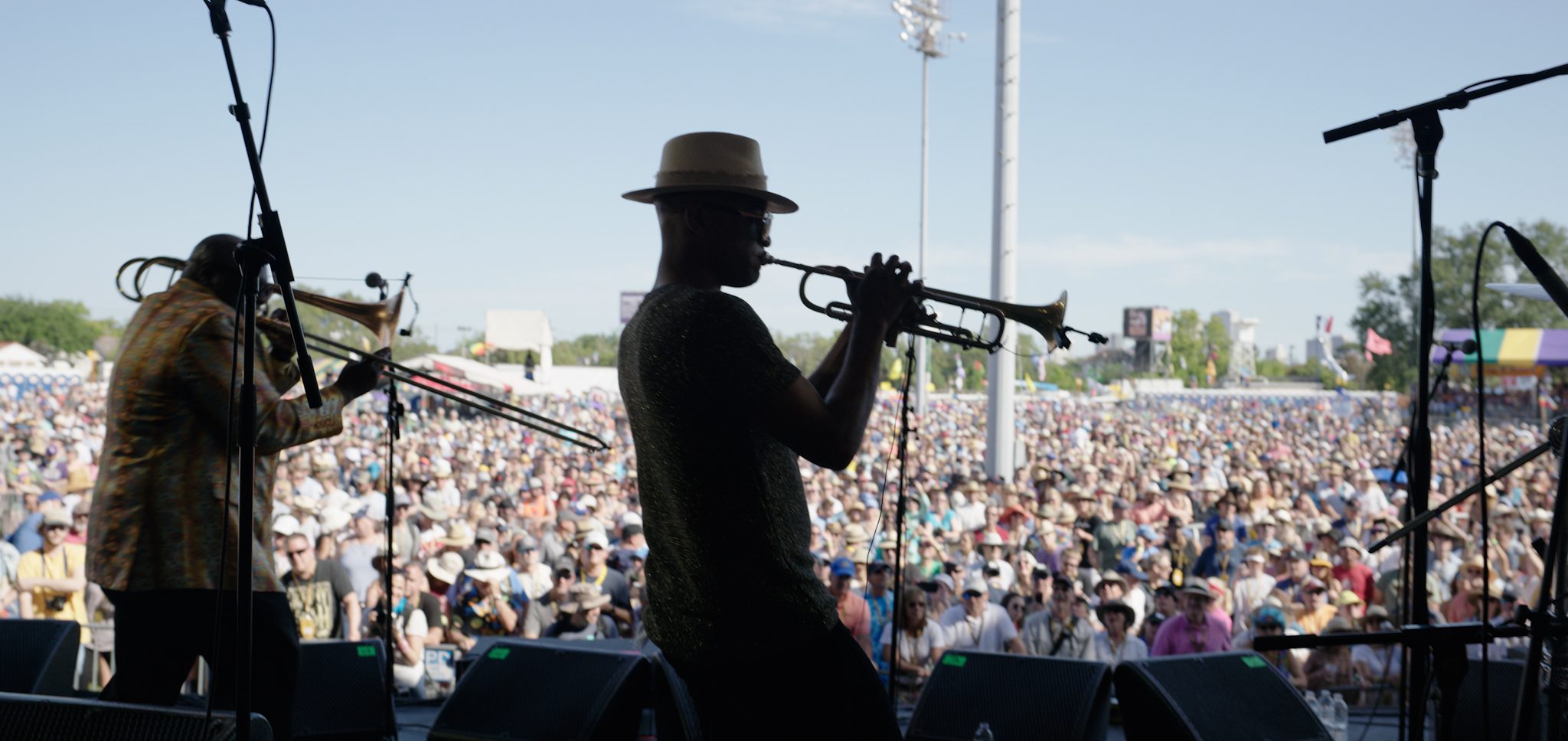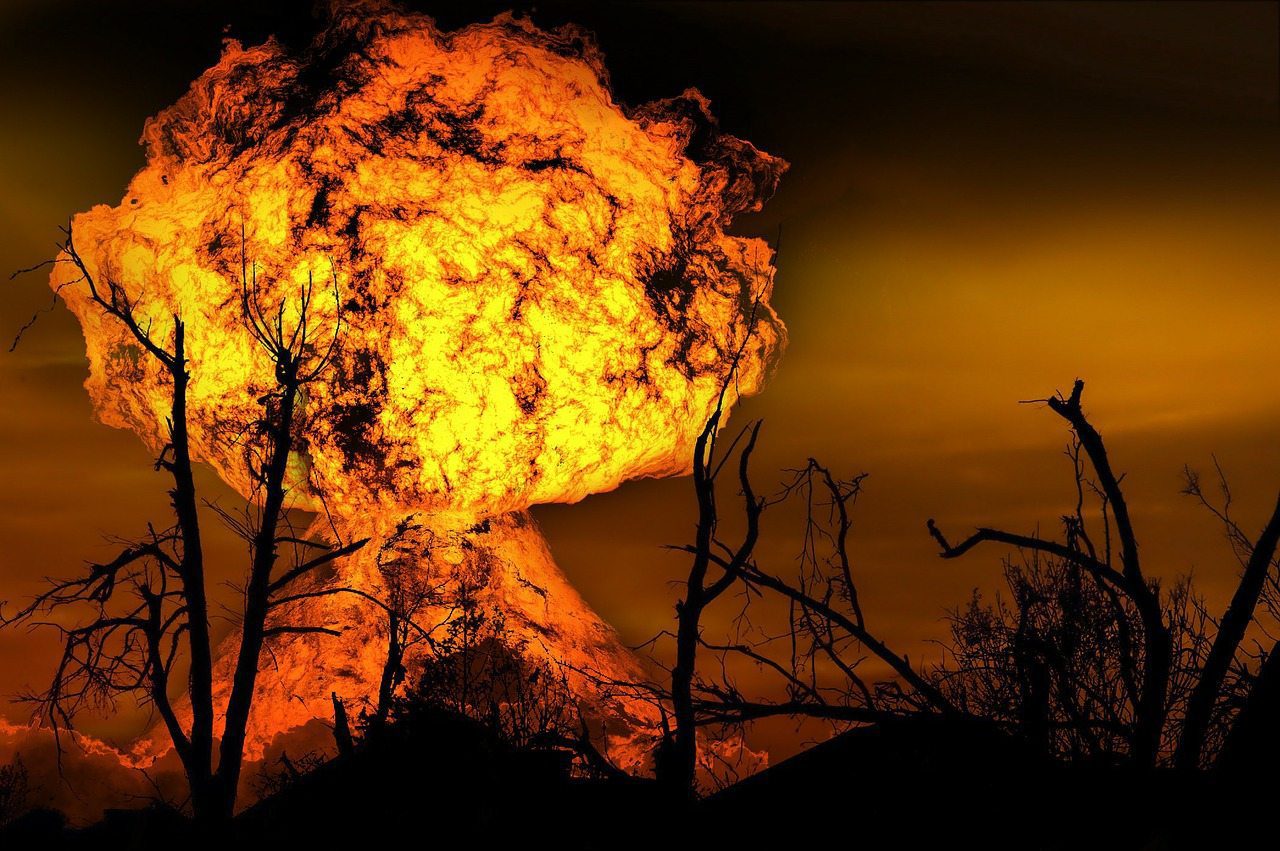
The Channel: Blood(y) Brothers
Sometimes, those we love simply aren’t good for our health. Written and directed by William Kaufman, The Channel tells the story of Jamie (Clayne Crawford), a loving father and ex-marine who spends his days as a bank robber in New Orleans. Jamie’s partner-in-crime is his older brother, Mic (Max Martini). Filled with rage, Mic is erratic and…


